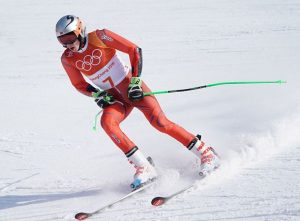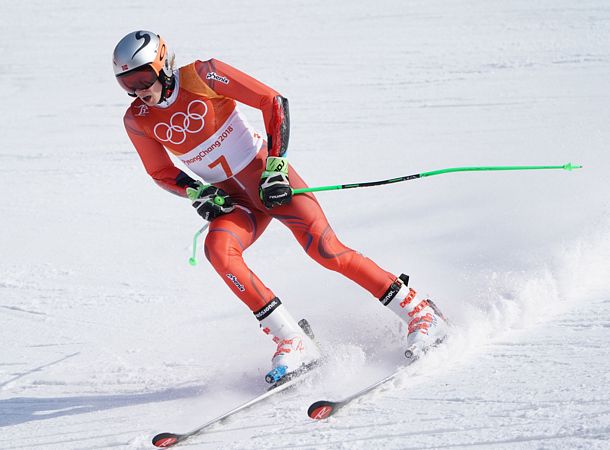By Thiago Rego

Each year of the Winter Games, the technology has been improving and changing both the sports and the athletes. In the 2018 Olympic Games, some of the newest technology was launched and used. With the innovations and use of that equipment, 2018’s Winter Olympics in South Korea will never be forgotten.
The Olympic Winter Games are a major international sporting event held once every four years for sports practiced on snow and ice. The modern Olympic games were inspired by the ancient Olympic Games, which were held in Olympia, Greece, from the 8th century BC to the 4th century AD. The Winter Olympics has been hosted on three continents by eleven different countries. The International Olympic Committee (IOC) has selected Pyeongchang, South Korea, to host the 2018 Winter Olympics.
Every year there is The Olympics Opening ceremony, inspired by the country and its culture. The ceremony is always a big show with innovations and incredible presentations which people love. This year wasn’t an exception. With the help of Intel, South Korea had a record-setting performance in which 1,218 Shooting Star Drones were flying in sync to create huge light-up images of Olympic sports and the iconic Olympic rings in the skies over Pyeongchang.
In this Olympics, South Korea innovated its broadcast with their major events in the games being in UHD (Ultra-high Definition) standard, and the 360-degree virtual reality (VR) cameras. Intel will use paired-lens capture systems with multiple stereoscopic pods, as well as up to 12 4K cameras, which give the viewer a better perspective, and more intensive experience in the sport.
The broadcasts will also add the “Ghost Skier” which is a new technology for Winter Games. This is when a live run is overlaid by a previous run and can be compared in real time. These advances could provide vital information in an environment where every single second can make the difference.
Something that have making a lot of difference for the US team in the Olympic games is the technology presented two years ago called STRIVR which have being helping the US. ski and snowboard injured athletes to train or build up experience while disabled.
With the help of LG’s voice recognition platform and connection to the airport’s central computers, South Korea developed The Airport Guide Robot, it can understand multiple languages and can even scan your boarding pass for you.
Korea’s Electronics and Telecommunications Research Institute has teamed up with local software firm Hancom Interfree to create GenieTalk, a voice-recognition instant translation app that will be able to translate Korean into 29 languages.
After the 2014 WInter Games, Under Armor has being developing a new technology for the speed skating suit. The new suit comes with an asymmetrical design for maximum movement when in the skating position, new fabric prints to reduce drag, and the most aerodynamic design created by the company. Under Armour built a new H1 knit for the arms and legs, the redesigned hood improves fit, and the main body portion use a nylon spandex material with a polyurethane coating. An interior ceramic print creates a diamond-plated dimpled effect to help air move better over the body.
Columbia was in charge of U.S, Canada and other 4 Olympics team outfits for freestyle ski team offering jackets with a membrane that features a waterproof layer. Inside the jacket is included a lightweight warming option.
Oakley Prizm technology appeared in the snow, the goggles come with a lens that enhances color details based on the environment. The Olympic Harmony Fade collection includes goggles and sunglasses tuned for the snow by using dyes in the lens creation designed to absorb certain light transmission in an effort to enhance contrast on the white snow and ice.
In this Olympic Games the ticket sales have been lower and slower then expected, but with Korea’s Electronics and telecommunications Research Institute and Hancom Interfree they created a voice-recognition instant translate app that translate Korean into more than 27 other languages, which will influence people to come watch the game and visit the country, without losing any important information or being lost in the city.
After almost 18 years chasing the Olympic bid, they finally are hosting one of the most important events of the year, for athletes, countries and population. South Korea’s budget is pouring $10 billion into infrastructure including roads and high-speed rail, techs, devices, and other things that will make this 2018 WInter Game unforgettable.
